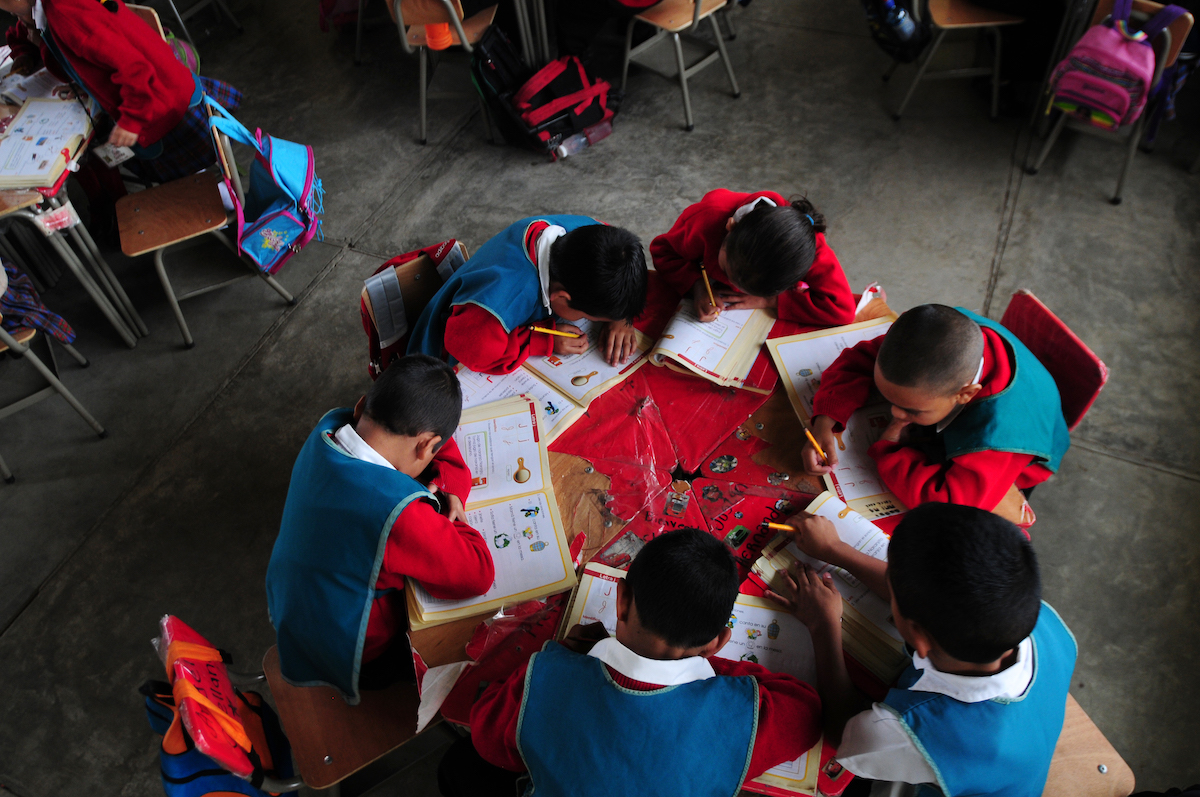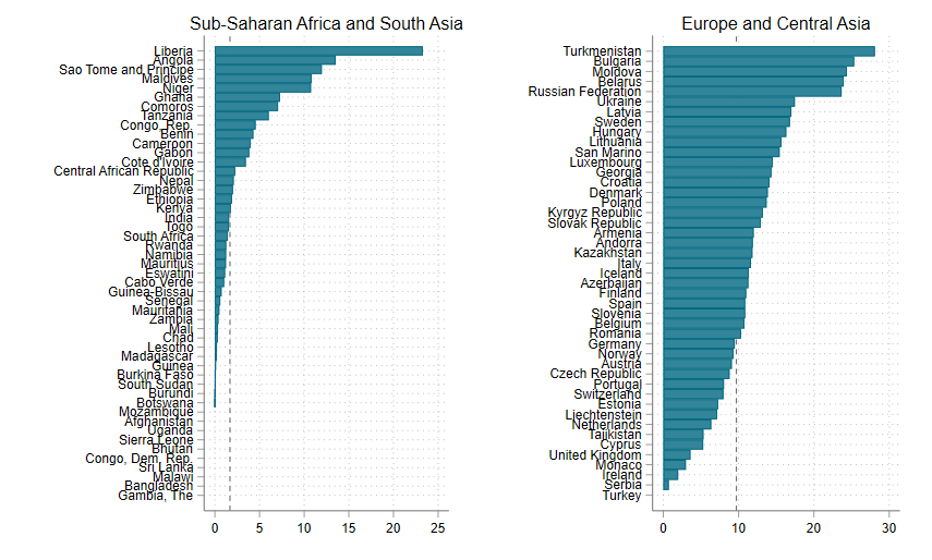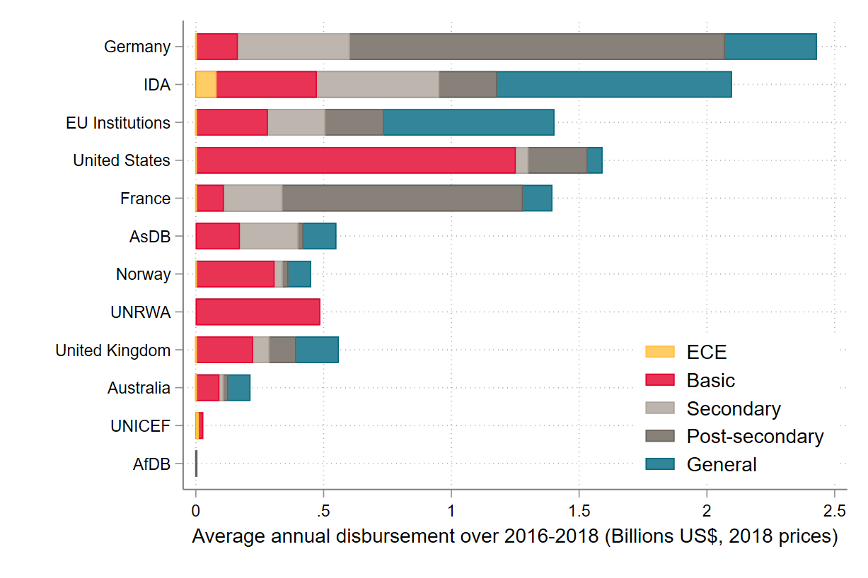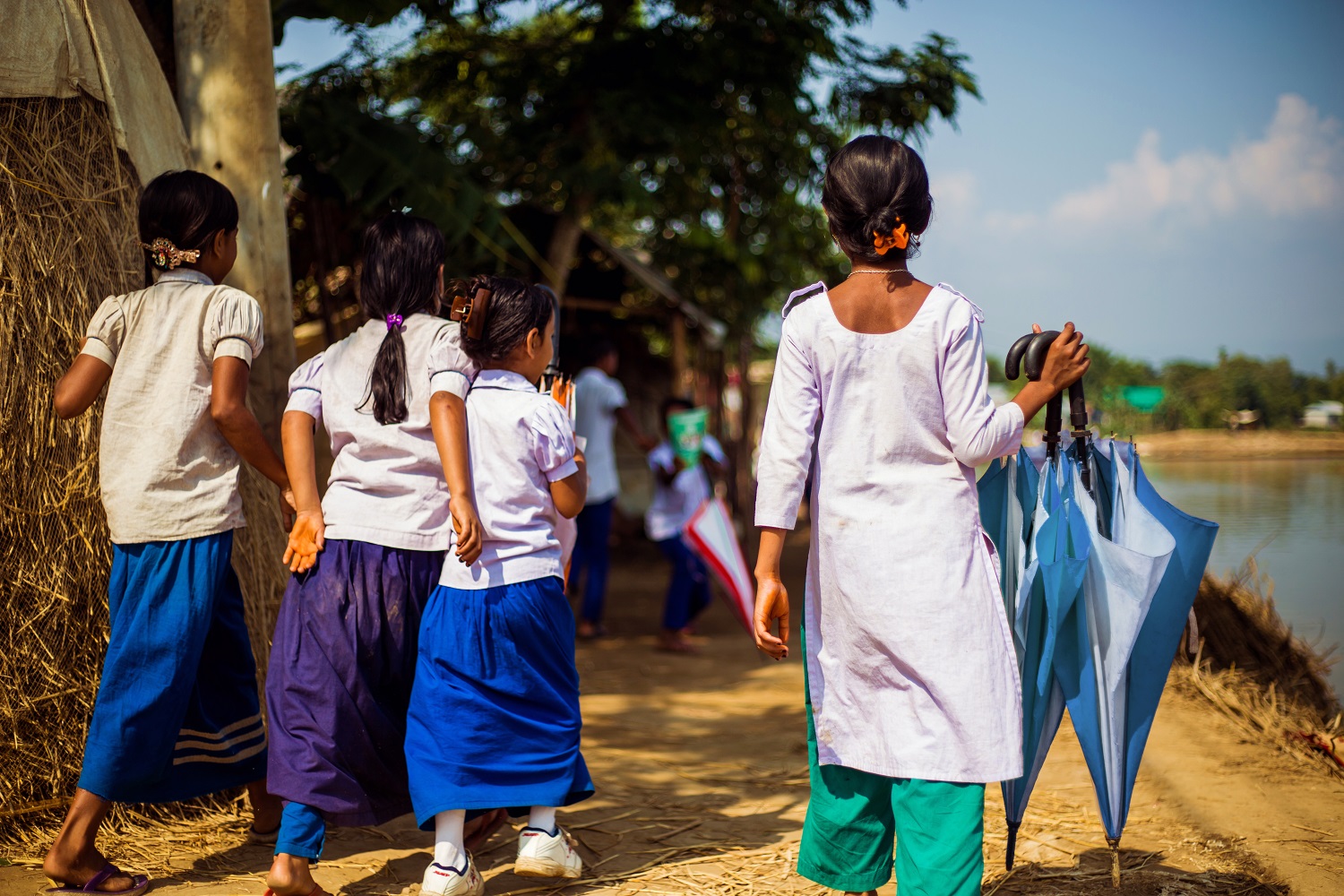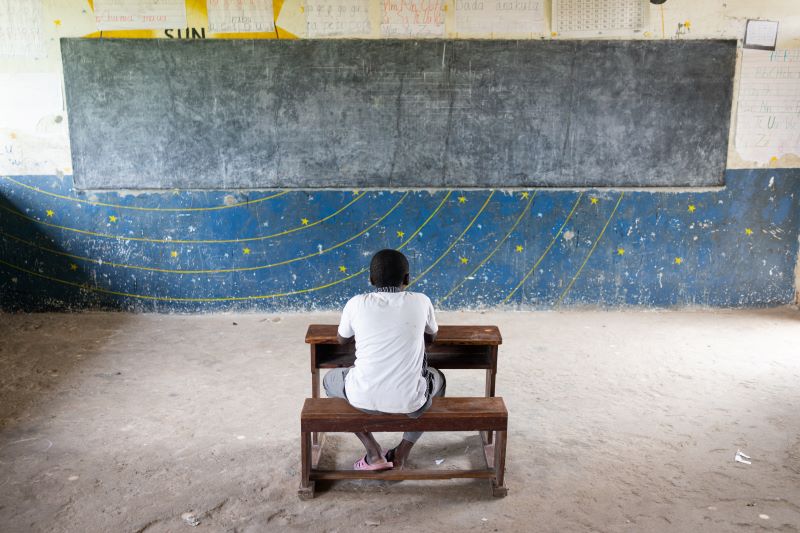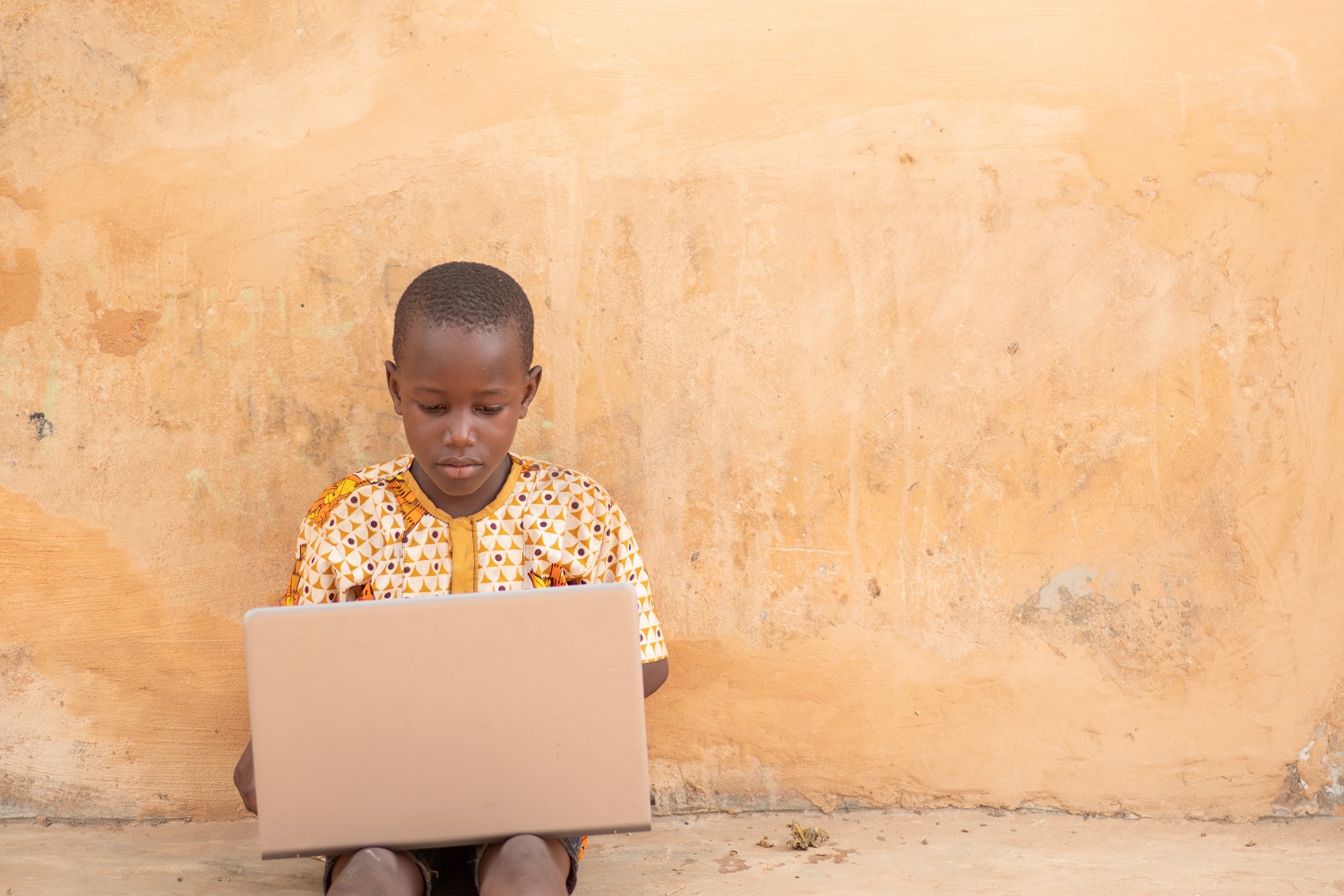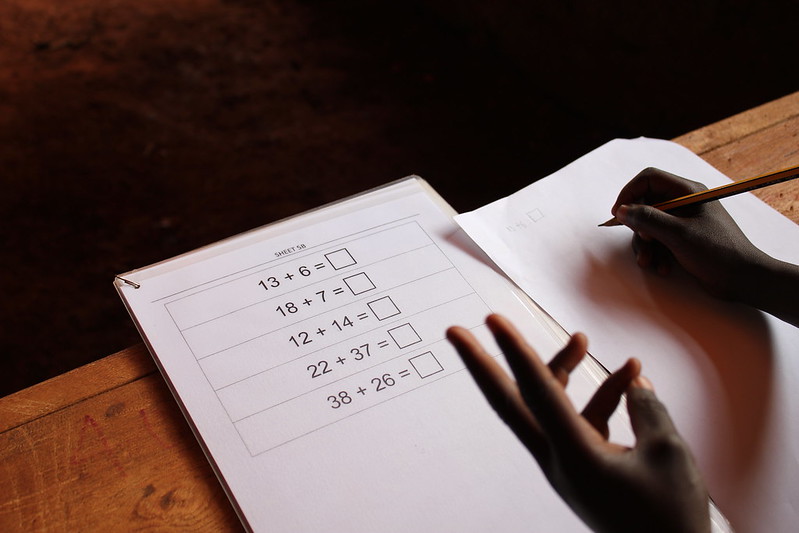Recommended
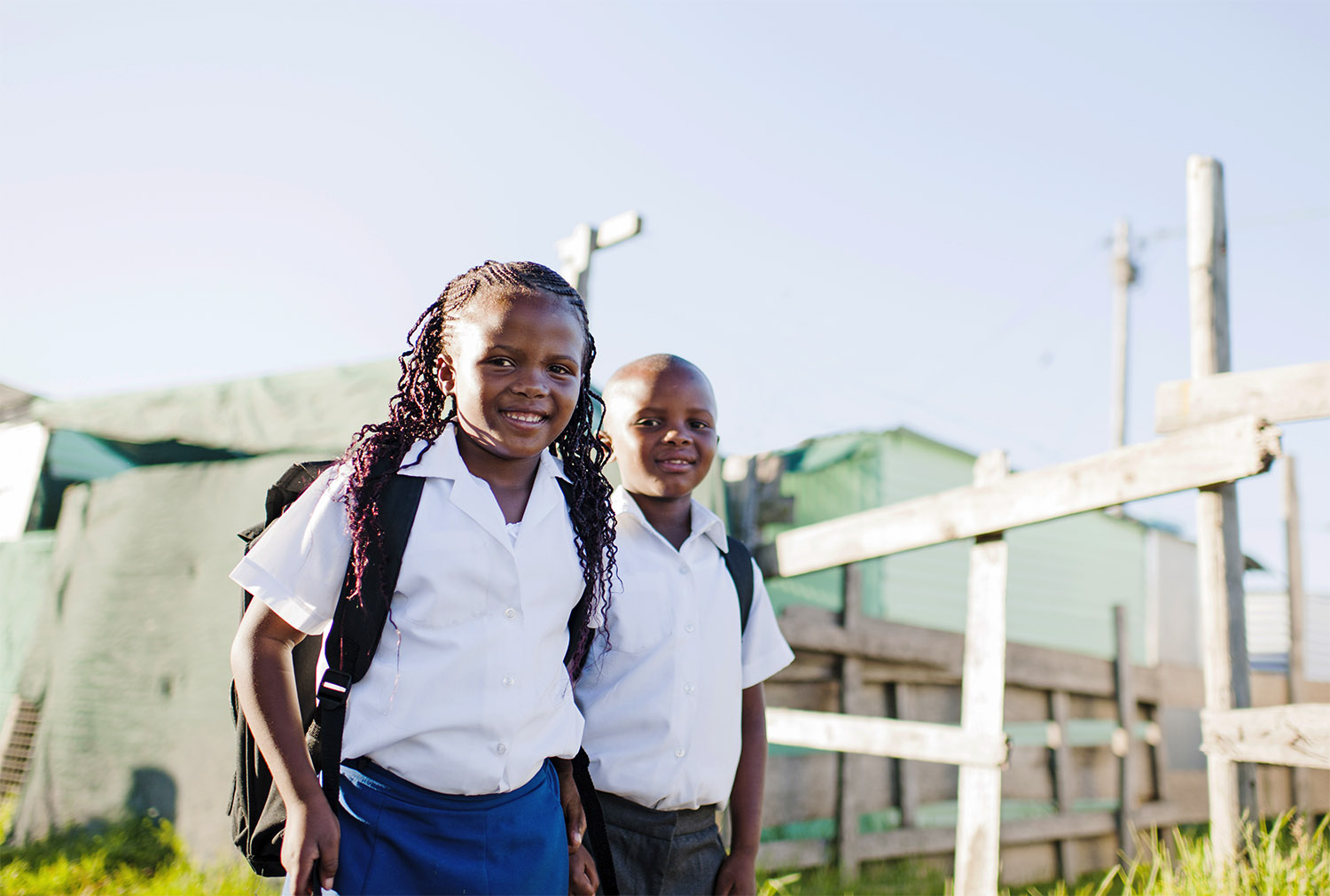
REPORTS
As schools and nurseries start to open, the education sector is taking stock of the likely short- and long-term effects of the COVID-19 pandemic. And they’re going to be big. The direct shocks of school closures will lead to learning loss, higher drop-out rates, adverse health and nutrition effects, and worsening inequality. In the medium- to long-term, the economic crisis in the wake of COVID-19 is almost certainly going to lead to less money for education from households, governments, and donors. These cuts will affect all areas of education—and ultimately each country will need to consider its own priorities and tradeoffs.
In this blog post, we take a look at what the consequences might be for the early childhood sector. The World Bank suggests that young children may be among the most negatively impacted by COVID-19 and that weakening of early childhood development and foundational learning could lead to lower learning trajectories for a whole generation. Funding for early childhood in developing countries has long been precarious, with volatility in donor funding and low (but growing) domestic funding. As the global economic crisis takes hold, we urge donors and governments to keep early learning at the center of policy discussions so that essential investments and recent gains don’t fall by the wayside.
Early childhood development has dramatic implications for life outcomes
Neuroscience advances have shown that exposure to nutritional deficiencies, environmental toxins, and psychosocial risks associated with poverty or conflict can affect the structure and functioning of the brain. Evidence shows that contact with these risk factors during brain development stages in early childhood can have long-term negative impacts on adult cognitive functioning, educational attainment, and income, which raises concerns that poor ECD can perpetuate intergenerational poverty.
Early childhood development interventions focus on overcoming these harmful factors by improving child nutrition, enhancing learning environments, or reducing disease for preschool children. There is good evidence on the long-term effects of these interventions, with child and family characteristics measured at school entry doing as much to explain future outcomes as factors such as years of education. Further evidence from low- and middle-income countries supports this: An experimental sanitation campaign in rural Odisha, India, had impacts on cognitive abilities ten years later for children exposed to treatment, with stronger effects for girls. An analysis of data in the north of India indicates that children and adolescents have higher chances of being enrolled in school because they were enrolled in early childhood programs when they were 0-6 years old. A school-based deworming intervention in Kenya had positive spillovers for children in their first years of life, with large effects on cognitive performance ten years after the original intervention. Many more studies describe the long- and short-term gains of these interventions in Bangladesh, Vietnam, Colombia, Jamaica, Philippines, and elsewhere.
Early childhood is underfunded by governments in low- and middle-income countries
The best available data on early childhood spending covers pre-primary (children aged 4-6), a small slice of the range of early childhood services. Countries in the Organisation for Economic Co-operation (OECD) have stepped up their efforts domestically to fund pre-primary over the last 15 years, investing on average 9 percent of their education budget on pre-primary (figure 1). Low- and lower middle-income countries in sub-Saharan Africa and South Asia have generally increased their spending (figure 2), but investments remain only around 4 percent of the education budget, albeit with some significant outliers. Children from poorer families or disadvantaged backgrounds are often not able to access early childhood education at all, and when they are, the programs tend to be of poor quality.
Figure 1. Percentage of education budgets spent on early childhood education
Note: latest available data
Source: UIS data
Figure 2. Percentage of education budgets spent on early childhood education over time
Note: Spline, bandwidth(25)
Source: UIS data
Within the context of some recent gains, the global economic crisis risks domestic investment in early childhood risks being squeezed as a percentage of total budget and in absolute terms as growth slows.
The donor community has increased its funding to early childhood in recent years, but it remains inconsistent and precarious
International financing of early learning has (inconsistently) grown in volume in recent years (figure 3) but remains a low percentage of total aid to education, with the United Kingdom and the United States—two of the largest donors to education—investing very little (figure 4). The Education Commission calculated that only 1 percent of aid for education was allocated to early childhood education in 2014. Further analysis of donor funding to early childhood education suggests that 16 of the top 25 donors to education reduced their spending—or spent nothing—in 2017 compared with previous years, leaving it highly vulnerable to volatility in donor funding.
Figure 3. Inconsistent and low aid disbursement to early childhood education
Note: Includes bilateral and multilateral donors
Source: OECD DAC-CRS database
Private foundations are playing an influential role in both funding and raising the profile of early learning, as well as the larger range of early childhood services, on the donor agenda. While many of these resources are focused on public sector provision, philanthropic capital is also increasingly directed towards figuring out how the vast private sector market focused on low income families (ranging from non-profits to local businesses to social enterprises) can deliver sustainable, quality services.
Figure 4. Disbursement to early childhood education by donor
Note: ‘Basic’ excludes early childhood education.
Source: OECD DAC-CRS database
Keep early childhood at the center of policy conversations about education
While schooling during the COVID-19 pandemic is challenging for all age groups, there are more options and a greater variety of remote learning resources and programming for older children and so some (though far from all) primary and secondary aged children in low- and middle-income countries are engaged in distance learning. But remote education for the youngest children is especially challenging. Individual organizations—such as Rising Academies Network, Lively Minds, and BRAC among many others—are providing radio programs and other ways to engage children. But big questions remain: for example, in this nascent policy area it’s still unknown whether it’s more effective to target young children directly or their parents.
As fiscal constraints start to demand trade-offs both with other sectors and within the education sector, governments and donors may feel they are in the unenviable position of having to choose between funding, say, free universal secondary education and expansion of early childhood services. it will be tempting to let early childhood spending—a long-term investment—stagnate. We urge development partners, private foundations and aligned delivery organisations to step up and support governments in their efforts to set their youngest citizens off on a better life trajectory.
Disclaimer
CGD blog posts reflect the views of the authors, drawing on prior research and experience in their areas of expertise. CGD is a nonpartisan, independent organization and does not take institutional positions.


